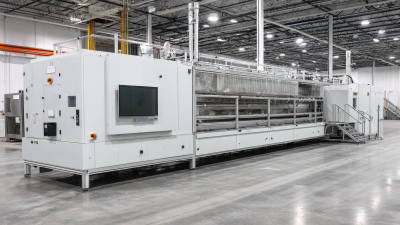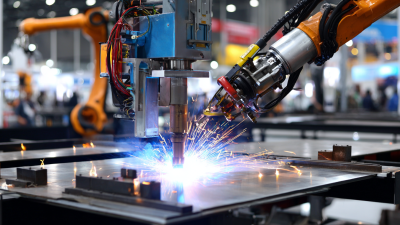In today's competitive market, selecting the appropriate Glass Coating Equipment is paramount for businesses aiming to enhance their production efficiency and product quality. According to a recent industry report by ResearchAndMarkets, the global glass coating market is projected to reach USD 18.5 billion by 2025, growing at a CAGR of 8.2% from 2020. This surge is indicative of the increasing demand for advanced glass coatings in various sectors such as automotive, construction, and electronics. As companies strive to meet consumer expectations and regulatory standards, investing in the right Glass Coating Equipment not only aids in achieving superior coating finishes but also contributes to overall operational excellence. This guide delves into the essential factors to consider when choosing the best equipment, ensuring that your business can leverage these advancements for sustainable growth and increased profitability.
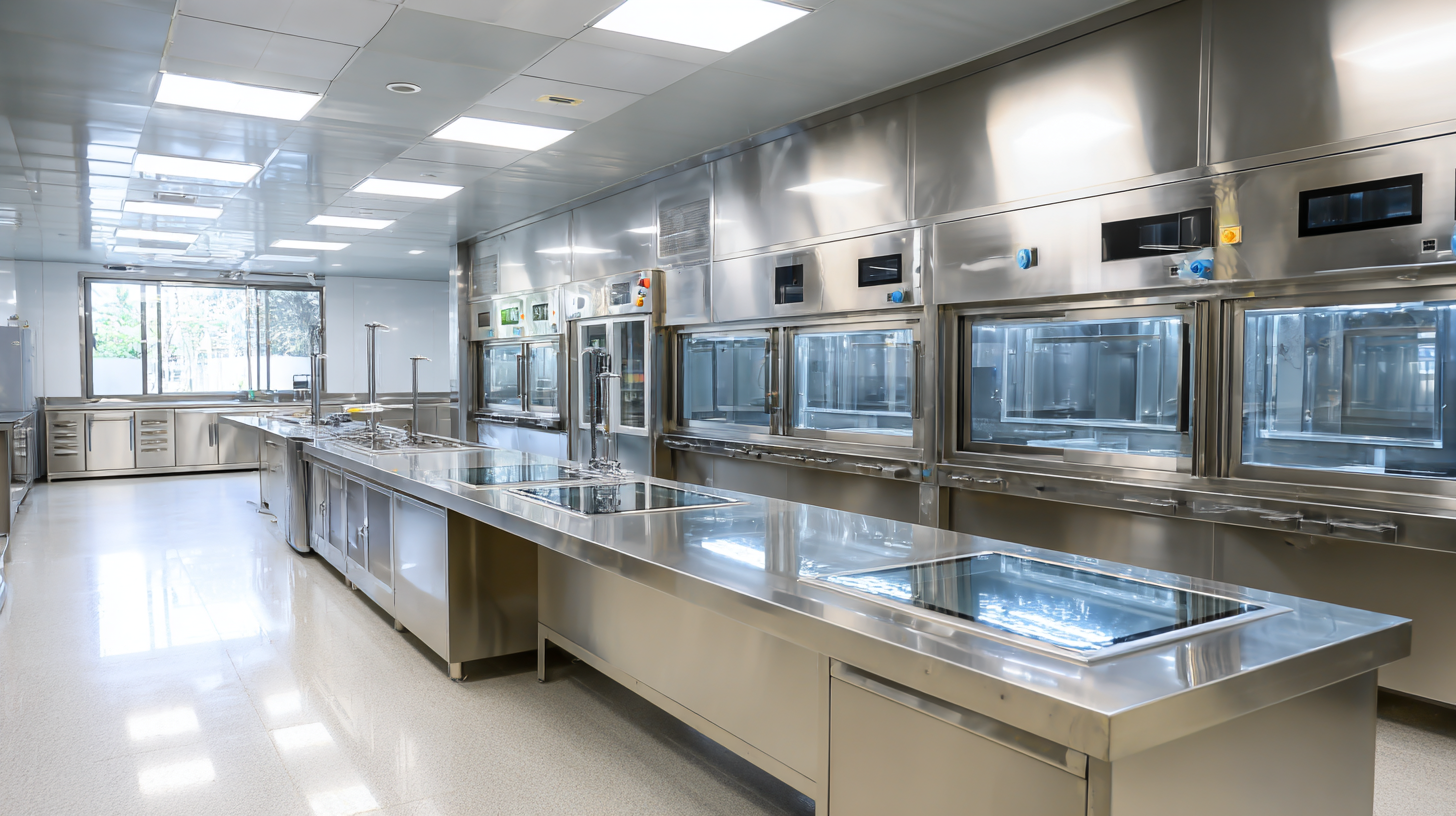
When selecting the best glass coating equipment for your business, it's essential to first understand your specific needs in the context of the current market dynamics. The growing demand for advanced materials, such as glass substrates, is revolutionizing manufacturing processes across various sectors. As businesses move toward replacing traditional silicon and organic materials, investing in state-of-the-art glass coating technologies becomes crucial. Aligning your equipment choices with these trends can position your company for success in this evolving landscape.
Moreover, the recent advancements in ultrathin glass coatings highlight the potential for innovation in packaging solutions. These coatings not only protect sensitive products but also enhance their appeal. As such, companies must assess their operational requirements meticulously. Evaluating factors such as production volume, product types, and technological capabilities will enable businesses to tailor their equipment choices to meet current and future demands, ultimately leading to improved efficiency and competitiveness in a rapidly changing market.
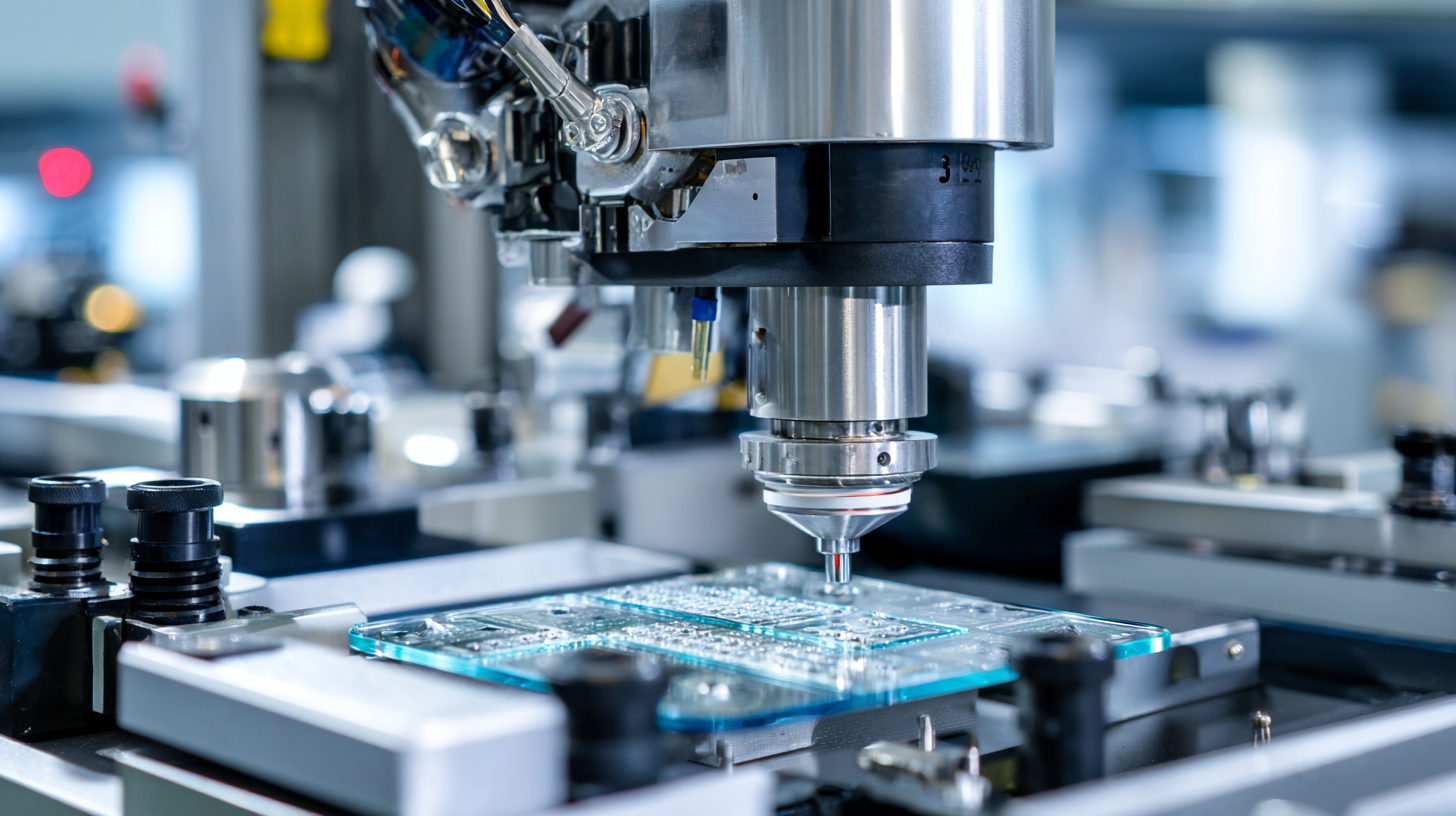 When selecting glass coating equipment for your business, it’s crucial to consider essential features that enhance efficiency and output. One of the primary features is the type of coating technology utilized. Options may include vacuum deposition, sputtering, or spray coating, each with its unique benefits. For instance, vacuum deposition offers superior adhesion and uniformity, making it ideal for high-precision applications. It’s important to evaluate which technology aligns best with your production needs.
When selecting glass coating equipment for your business, it’s crucial to consider essential features that enhance efficiency and output. One of the primary features is the type of coating technology utilized. Options may include vacuum deposition, sputtering, or spray coating, each with its unique benefits. For instance, vacuum deposition offers superior adhesion and uniformity, making it ideal for high-precision applications. It’s important to evaluate which technology aligns best with your production needs.
Another vital aspect to assess is the machine's versatility. Look for equipment capable of handling various glass sizes and shapes, allowing your business to adapt to different client requirements. Additionally, automation features can significantly boost productivity. Equipment with programmable settings for different coating processes can reduce manual labor and the risk of human error. Lastly, consider the ease of maintenance and availability of technical support, ensuring that your operations can run smoothly with minimal downtime. Choosing equipment with these features will position your business for long-term success in the glass coating industry.
In the ever-evolving landscape of glass coating technologies, a comparative analysis reveals the significant variations across different methods and materials utilized in the industry. This includes innovative approaches such as polydopamine coatings and traditional glass ionomer cements, each with unique adhesion mechanisms that affect performance on substrates like enamel and dentin. The study of these materials not only highlights their specific adhesive properties but also opens avenues for further experimentation and application in diverse fields beyond dentistry.
Additionally, advancements in the selection of coated glass for facade applications have been enhanced by the integration of colorimetric analysis. This methodological improvement assists architects and engineers in making informed decisions, considering factors like aesthetic appeal and functional performance. The evolving marketplace also emphasizes the importance of sustainable and effective coatings, as reflected in the growth projections for the flat glass coatings market, which is expected to see substantial expansion driven by innovation and demand for high-quality finishing solutions.
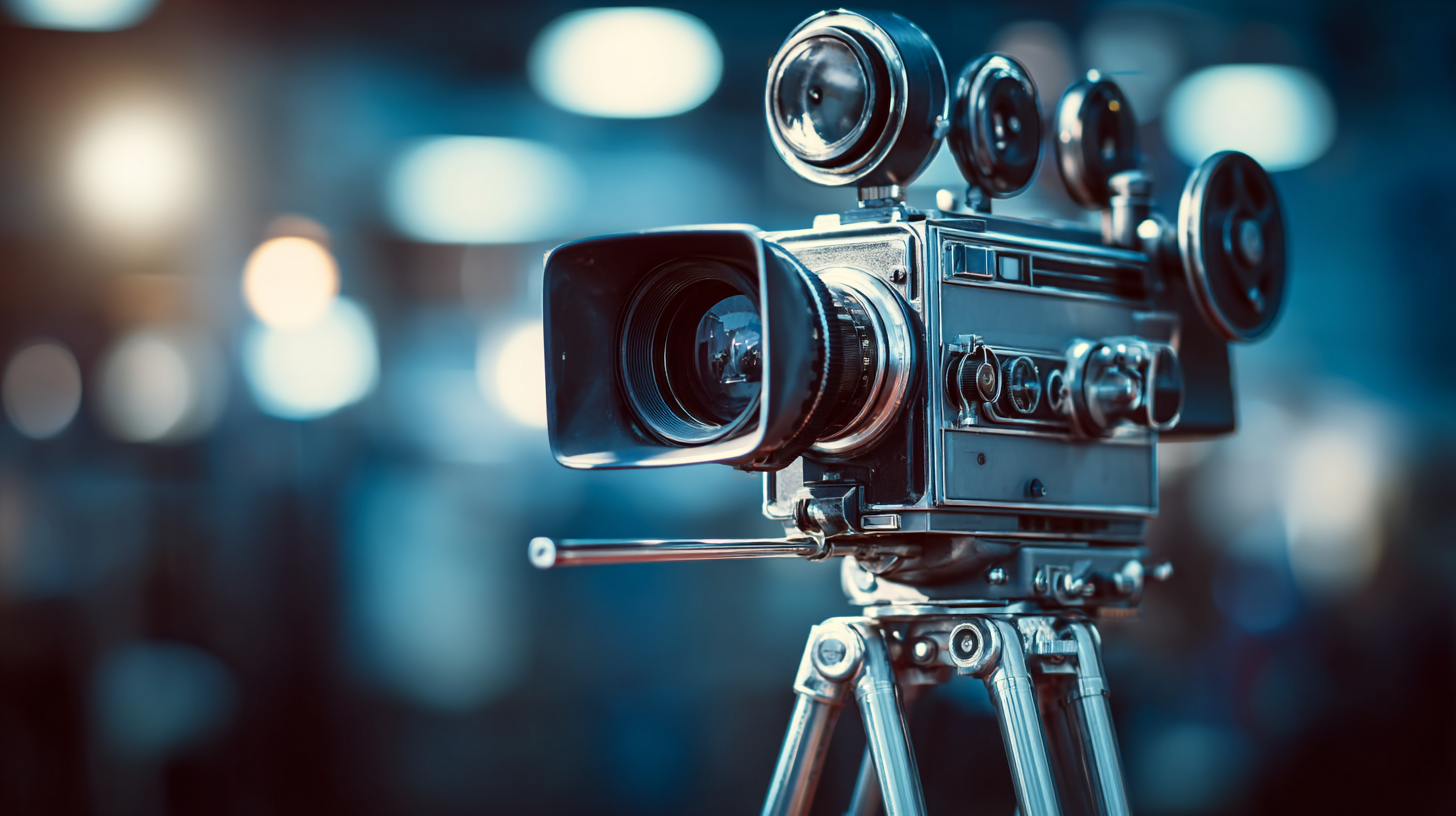 When it comes to budgeting for glass coating equipment, understanding the balance between
cost and value is essential for business success.
Investing in quality equipment doesn't always mean spending a fortune; it’s about finding the right
fit for your operational needs. For instance, while high-end machines may offer advanced features
and superior performance, there are often mid-range options that provide excellent durability and
efficiency without breaking the bank. Conducting thorough research and comparing different brands can
reveal equipment that delivers strong performance at a more accessible price point.
When it comes to budgeting for glass coating equipment, understanding the balance between
cost and value is essential for business success.
Investing in quality equipment doesn't always mean spending a fortune; it’s about finding the right
fit for your operational needs. For instance, while high-end machines may offer advanced features
and superior performance, there are often mid-range options that provide excellent durability and
efficiency without breaking the bank. Conducting thorough research and comparing different brands can
reveal equipment that delivers strong performance at a more accessible price point.
Tips: Consider the long-term value of your investment.
Sometimes, spending a bit more initially can save costs in maintenance and replacement over time.
Always check for warranties and support services that come with your equipment purchase. This can
significantly affect your overall satisfaction and operational continuity as you scale your business.
In line with your budget, prioritize features that truly matter to your production processes. Analyze
the specific needs of your glass coating operations and tailor your equipment choices accordingly.
Opt for machines that offer versatility and efficiency, as these can adapt to varying project
requirements and help maximize your return on investment.
When investing in glass coating equipment, ensuring the longevity of your machinery is essential for your business's success. Regular maintenance not only prolongs the life of your equipment but also keeps it running at peak efficiency. Establishing a routine maintenance schedule can help identify potential issues before they develop into costly repairs. Always refer to the manufacturer’s guidelines for specific maintenance procedures and recommended frequency.
Tips for effective maintenance include keeping the equipment clean and free of contaminants, as residue can affect performance. Performing periodic inspections of critical components, such as spray nozzles and filters, ensures they are functioning correctly. Additionally, maintaining a log of all maintenance activities can provide valuable insights into your equipment’s performance trends and any recurring issues.
Support is another crucial aspect of ensuring your glass coating equipment remains operational. Partnering with a reliable service provider for technical support can provide peace of mind. They can offer prompt repairs and access to replacement parts, minimizing downtime. Consider enrolling your team in regular training sessions to keep them updated on best practices and troubleshooting techniques. Proper training fosters a culture of care around equipment handling, further enhancing its longevity.
| Equipment Type | Average Cost ($) | Maintenance Frequency | Expected Lifespan (Years) | Support Options |
|---|---|---|---|---|
| Automatic Glass Coater | 15,000 | Monthly | 10 | 24/7 Phone and Email Support |
| Manual Glass Coater | 7,000 | Quarterly | 8 | Limited Email Support |
| UV Curing Equipment | 20,000 | Biannually | 12 | On-site Support Available |
| Film Application Machine | 10,000 | Monthly | 6 | Online Tutorials & Support |
| Polishing Machine | 8,000 | Monthly | 9 | Comprehensive Manual & Email |

